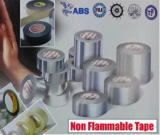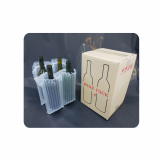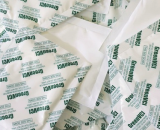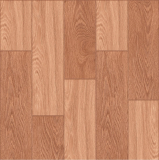Specification
1.Solid round rod is the regular shape with the diameters:φ5mm-φ100mm
2. Customized colors, sizes and shapes are welcome.
3. Fire retardant and antistatic can be customized too.
4. Rods are usually available in a wide range of diameters from 1/4 inch (6 mm) to 4 inches (102 mm) or larger. It should be to order, or it may be available in small, pre-cut packages. It is often in rolls. It’s usually the case that different specifications are best for different projects, so the type of rod needed for tile flooring in a bathroom may be different than that needed for kitchen counters or stone walkways.
5.The regular outside packaging will be polybag.
6
Rod Diameter | Recommended Joint |
1/4"(6mm) | 3/16"(5mm or less) |
3/8"(10mm) | 1/4"(6mm) |
1/2"(13mm) | 3/8"(10mm) |
5/8"(16mm) | 1/2"(13mm) |
3/4"(19mm) | 5/8"(16mm) |
7/8"(22mm) | 11/16"(10mm) |
1"(25mm) | 3/4"(19mm) |
1 1/4"(32mm) | 7/8"(22mm) |
1 1/2"(38mm) | 1 1/8"(29mm) |
2"(51mm) | 1 5/8"(41mm) |
2 1/2"(63mm) | 2"(51mm) |
3"(76mm) | 2 1/2"(64mm) |
4"(102mm) | 3"(76mm) |
What is a backer rod?
An EPE closed-cell backer rod is a small foam rod that is used to fill joints between tiles or other pieces of building material. Builders and contractors often use this tool initially in grooves or cracks and then they apply mortar, sealant, or chinking around it.
The rod adds stability, precision, and also typically save time. More commonly closed-cell backer rods are used as a way to add insulation and waterproofing for decks, patios, and walkways that sit outdoors. These tools can improve the appearance and durability of many different projects.
Good Performance
Rods made with closed-cell foam are denser and firmer, which is better suited for outdoor and heavier-duty settings. It repels moisture, provides a firm finish to the gap, and can be set into place with a spray adhesive. It is commonly used for smaller joints in the 1/4 to 3/8 inch (6.35 to 9.52 mm) range, and it possesses a higher insulative value than open-cell forms.
Durable
Lightweight
Impact resistant
Chemically inert
Mold resistant
Non-exuding
Virtually dust-free
100% recyclable
Made in CHINA
Primary Uses
Builders use these sorts of foam rods for a number of different construction projects, but almost always in the context of filling gaps where materials join together. They’re most commonly used in tiling and flooring, but they can also be found in decorative wall paneling, window sealing, stonework, and counter tops.
Doors and windows are not the only places where heat and conditioned air leakage occurs. There are many places around your house where energy is wasted. Fortunately, there is a complete selection of specialized weather stripping available to prevent such waste.
The main idea is to use the foam to fill most of the void in a joint so that caulking or chinking material, a mortar-like sealant, can be applied to finish filling it and create an airtight and watertight seal. The rods also add accuracy and firmness that can give a more finished look to the end result.
The foam rods are usually used for sealing or caulking in these places such as
Bathtub
Door,window&siding
Driveways
Sidewalks
Roadways
Airport runways
Bridges
Curbs
Medians
Log Homes
Log Cabins
Biggest Benefits
The Rods allow the building materials to move, bend, and flex based on the environmental factors they are exposed to, such as humidity, heat, cold, wind, and ultraviolet light exposure.
In most cases chinking materials are flexible sealants that will remain flexible throughout their usable life span. They will stick to the building materials, but not to the backer rod. For this reason, the foam is also called a bond breaker.
There are only a few scenarios in which backer rods are essential, but they’re almost always really helpful. Builders can often use caulking or chinking material to fill the entire gap, but the “cure” or dry time for large amounts of these products would be a number of days or weeks, depending on the size of the gap. Things are a lot faster with the rod, and the results are often more dependable, too.
How to Caulk Wide Cracks
One of the best ways to save energy in your home is by caulking any cracks around windows and doors. While caulk alone can be applied to narrow cracks, gaps wider than 1/4” should be filled with foam backer rod first.
Simply push the rod into the gap with a putty knife or painter’s tool until it is just below the surface then caulk over it.



































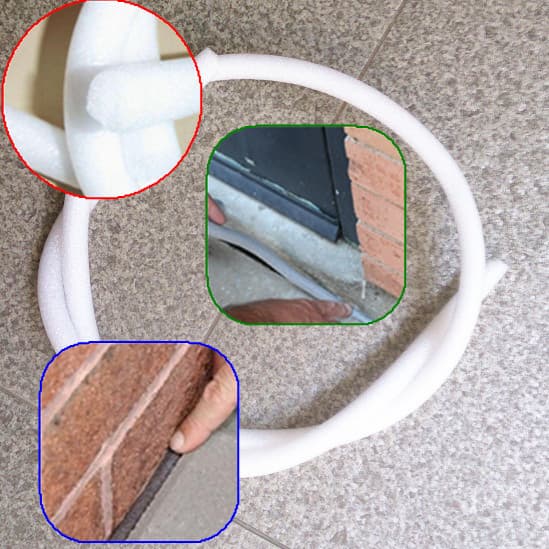
 China
China



